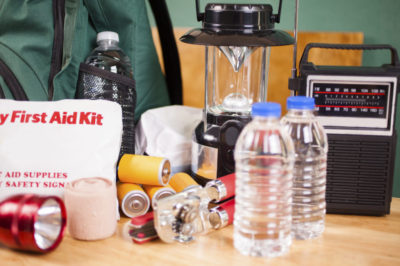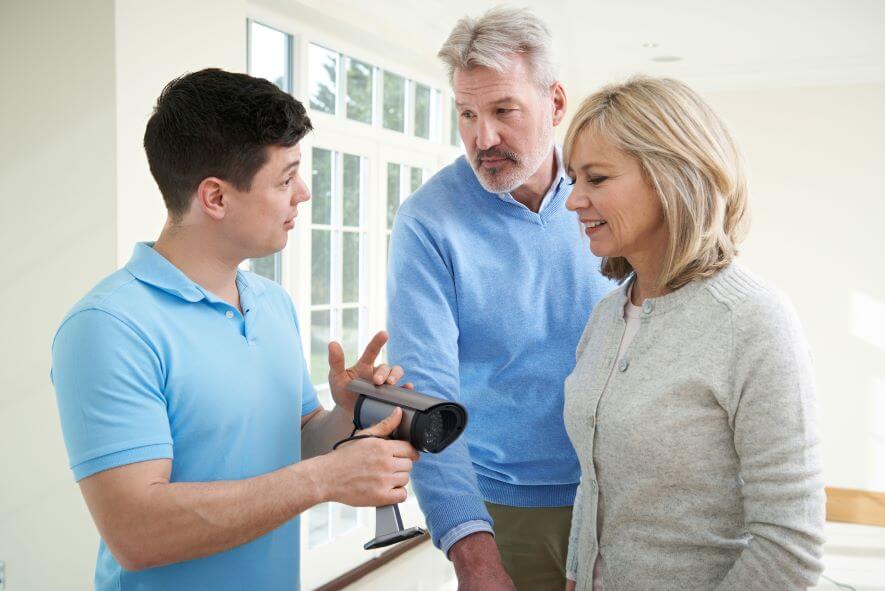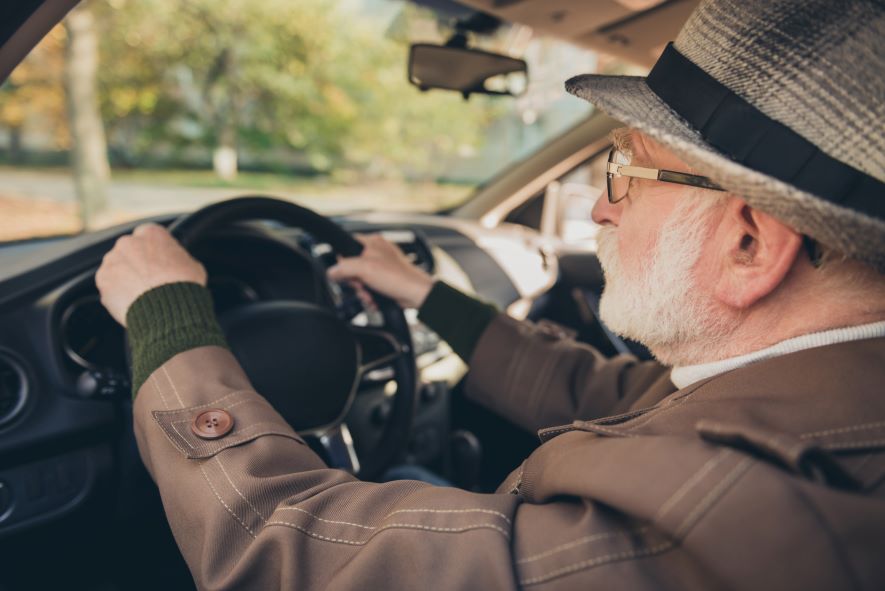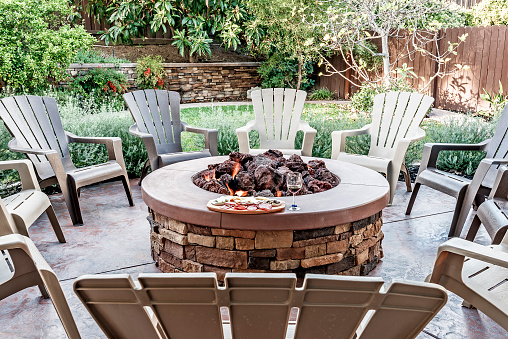Wildfires are common occurrences in many parts of the United States. Unfortunately, such fires can spread quickly into residential areas, causing massive destruction, such as injuring people, burning down homes, damaging other personal property and trees and leaving the ravaged lands unusable.
“On average, more than 100,000 wildfires, also called wildland fires or forest fires, clear 4 million to 5 million acres (1.6 million to 2 million hectares) of land in the U.S. every year,” according to National Geographic. “A wildfire moves at speeds of up to 14 miles an hour (23 kilometers an hour), consuming everything—trees, brush, homes, even humans—in its path.”
Because of their immense danger and destructiveness, it’s essential that people who live close to these areas are prepared with tips for wildfire safety. Here are ways to protect your family, your belongings and your home from a wildfire—including what to do when one is spotted in your area.
Start prepping your home for a fire today
Don’t wait until a wildfire strikes to take action. If you live in an area prone to wildfires, you can take some steps now to protect your property and loved ones:
1. Be aware of the risks
A long dry spell makes an area ripe for fire. Yet, an estimated 90% of wildfires are sparked by human behaviors, according to the National Park Service. Causes can include backyard bonfires, fireworks, arson or even throwing a lit cigarette on the ground. Know the causes of wildfires and aim to minimize the risks.
2. Clear vegetation near your property
Certain trees and brush are more flammable than others, but reducing any unnecessary vegetation around your home or property can significantly reduce the risk of damage, according to the Federal Emergency Management Agency (FEMA).
It recommends keeping a 30-foot “safety zone” around the home, which means removing tree limbs hanging within 15 feet of the ground, removing any vines from the exterior of the house and replacing highly flammable vegetation such as pines, firs and other evergreen trees with less flammable species. Also keep the grass trimmed and clear the area of any leaves, fallen tree limbs and dead brush.
3. Keep combustibles far from property
Store fuel and other highly flammable materials, such as firewood, at least 100 feet from the home.
4. “Fireproof” your property
Certain design features and materials can protect your home from severe fire damage. For example, porches, balconies and decks with exposed space beneath them are especially vulnerable to harboring fire. Remove any leaves and other vegetation from exposed spaces and work to enclose those spaces. “Enclose wooden stilts with noncombustible material such as concrete, brick, rock, stucco or metal,” FEMA recommends. “Use non-combustible patio furniture and covers.”
Also make sure your home’s siding is made from fire-resistant materials such as brick, concrete or stucco or consider treating wood siding with UL-approved fire-retardant chemicals. Install spark arrestors on all chimneys and stovepipes to prevent embers from escaping. Windows can also be protected by installing fire-resistant awnings and by using shatter-resistant glazing.
5. Make evacuation plans
One of the best ways to protect yourself and your loved ones is through disaster planning. Know the best route or routes for fleeing your area in case of a wildfire and keep an evacuation checklist handy. The checklist should document where your family will meet up in case you become separated, what items you will bring with you and how you will evacuate pets and large animals, according to a California wildfire safety website called ReadyforWildfire.org.
All family members should know how to shut off gas, water and electric to your home, since those will likely need to be turned off. Make sure every family member has a copy of the evaluation plan and checklist.
6. Have an emergency kit
Keep emergency supplies ready in case of a wildfire. These include a fire extinguisher that can put out any localized fire in or near your property, a portable radio or scanner so you can stay up-to-date on the fire situation, emergency contact numbers, a three-day supply of water and food, prescription medications you or pets need, and a flashlight. Keep many of these items in the trunk of your car, in case you can’t access your home.
Immediate actions once a wild fire has been spotted
Once a wildfire has been spotted in your area, you may have little time to act. Here’s how you can protect your loved ones and property:
1. Leave the area when recommended
Immediately after a fire has erupted, the most important thing you can do is leave. Because fire spreads quickly, even a fire that’s miles away could reach your location within minutes. Don’t risk it.
“Leave as soon as evacuation is recommended by fire officials to avoid being caught in fire, smoke or road congestion,” advises ReadyforWildfire.org. “Don’t wait to be ordered by authorities to leave. Evacuating the forest fire area early also helps firefighters keep roads clear of congestion, and lets them move more freely to do their job.”
2. Enact your evacuation plans
Ideally, your evacuation plan and checklist are readily accessible. Check those plans before you leave to ensure you’re ready and you have everything on your list. Local officials may have designated an official escape route based on the fire’s movement and weather conditions, so check your radio or online for specific instructions that can help you and your family evacuate safely.
3. Don’t return home until advised
Once you’ve evacuated, don’t return to your property until local fire and emergency officials or law enforcement have advised that it’s safe. Communities struck by wildfire often set up emergency shelters and other relief areas for evacuees. These can be helpful places to gather information about the fire from local officials.
Once you can return to your property, you should still be very careful. Look for burning embers, downed power lines and property damage. Alert officials of any problems that you notice, and if your home has been damaged, contact your home insurance agent to file a claim. Don’t turn your gas, water and electricity back on until you feel certain it’s safe to do so.
Don’t wait for a wildfire to strike your area before you get ready for it. The better you prepare in advance, the more likely you and your loved ones and your property will be safe.
Keep Reading: Prepping for Severe Weather






